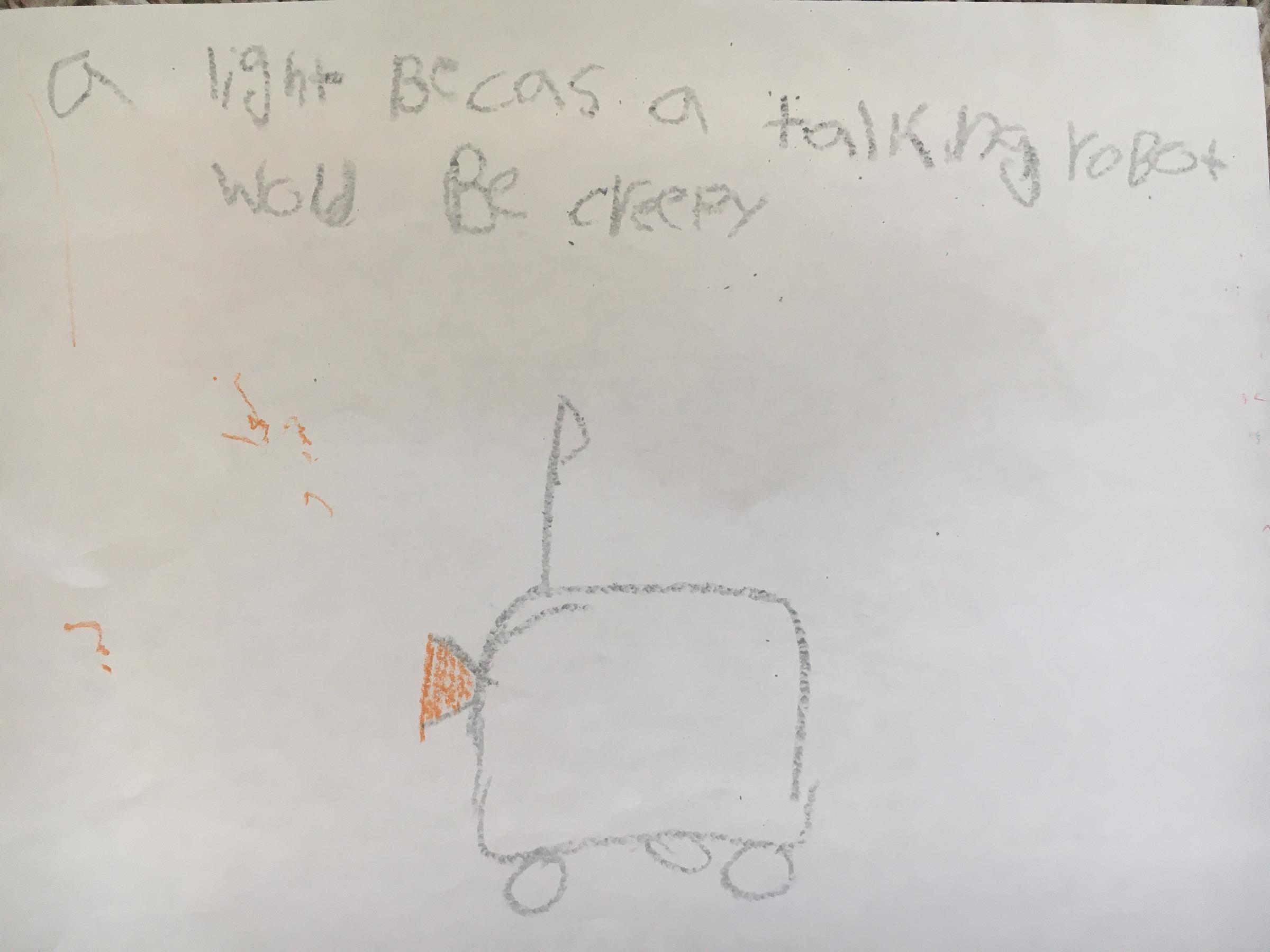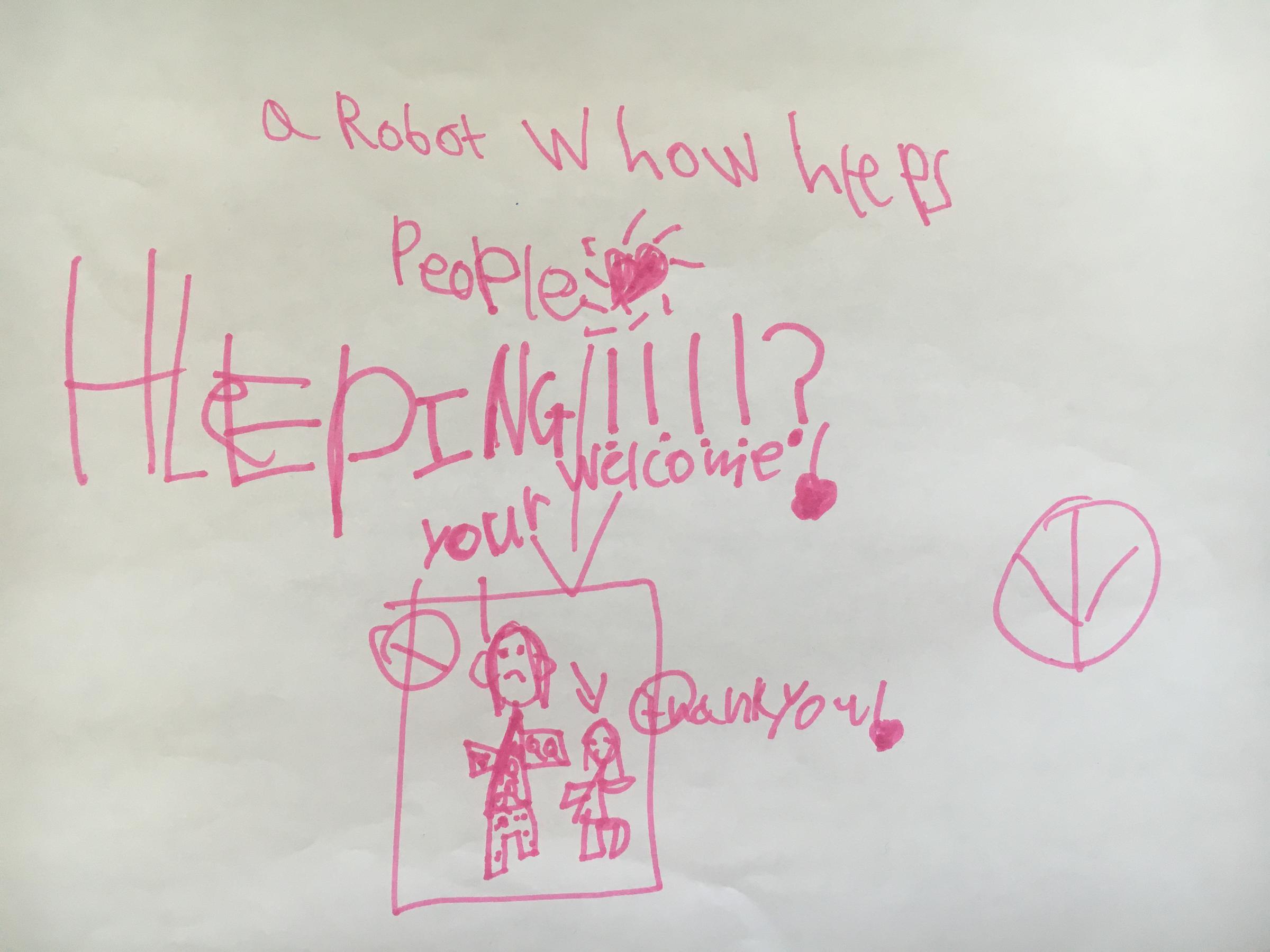Sidewalk delivery robots
Robots zipping around on city streets isn't the stuff of science fiction anymore. How can we have all the bleeps and bloops but fewer of the bloopers?
Mmm, pizza. We love pizza. And we love having it delivered, making our meal convenient for us while supporting local businesses. Know what we don’t love, though? Carbon emissions that cause smoggy air, increased incidence of asthma, and accelerated climate change. Food deliveries often mean cars idling and pumping out exhaust while delivery workers make a drop-off or wait for food recipients. What if we could have all the benefits of contactless delivery - and all the pizza - without any of the carbon emissions?
What are personal delivery devices?
Personal delivery devices, or PDDs, are small robots that travel along the ground to deliver food or other cargo. They have cameras and sensors to navigate their environment, and they’re usually self-driving (with a computer vision navigation system) or controlled by a remote operator (who can see the surroundings through the device’s cameras). Because PDDs run off electricity and a rechargeable battery, their delivery trips don’t produce carbon emissions like delivery trips by cars or motor vehicles do.
There are many different kinds of personal delivery devices, but the most popular ones look like little coolers on wheels and travel at low speeds along sidewalks and roads. They’re also referred to as sidewalk robots or public mobile robots.
Why experiment with robots in Boston?
PDDs are already operating in cities and towns all over the world and the industry is growing quickly. As with autonomous vehicles, the technology offers a big potential benefit of reducing environmental impact and making existing services more convenient and accessible. But there are also risks of the technology inconveniencing pedestrians and road users, negatively impacting the labor market for people working delivery jobs, or having other unforeseen effects.
In Boston, we try to be open to emerging technology but also thoughtful about protecting people’s safety and comfort in public spaces. We want to learn how residents feel about a new technology, and understand the technology’s positive and negative impacts at a small scale, before we decide whether it makes sense to expand.
So we’re cueing up limited experiments to test a small number of PDDs in a couple neighborhoods. By testing in this contained way, we’re hoping to learn about the technology while asking questions like:
- How much can carbon emissions be offset by replacing late-night food deliveries on college campuses?
- How do people and PDDs navigate public spaces like sidewalks together? How do PDDs affect public spaces used by people with disabilities, older adults, and children?
- Can use of PDDs instead of internal combustion engine vehicles like cars nudge the larger food delivery system in Boston in the direction of zero emissions?
- Can PDDs improve quality of life for Boston residents, making food, medicine, or services easier to access across the city?
What if we let young people lead the way on creating human-robot interaction guidelines for public spaces?
Our approach
To experiment with PDDs in Boston, we built a process aligned with a recent City ordinance on shared mobility businesses and an executive order on autonomous vehicle policy. Along the way, we met with a range of people to suss out what we should be considering and what we want to learn. We conferred with individual Boston residents and community members, the Commission for Persons with Disabilities and the Disabilities Commission Advisory Board, WalkMassachusetts, the Vision Zero Task Force, and the City's Shared Vehicle Small Business Advisory Committee.
We also worked with the Boston Public Libraries’ Jamaica Plain, Brighton, and Charlestown branches, and partnered with a leading international PDD operating company, to host educational community programming about PDDs. In creative workshops at those branches, we showed dozens of children (and a handful of adults and older adults) how PDDs work, had them interact with and move around PDDs, and asked their advice on how PDDs should communicate with people and be regulated in Boston. We got lots of great responses, including many drawings!
We incorporated what we learned from all those conversations and workshops into an application for companies that want to operate PDDs in Boston. The application includes both young and old Bostonians' ideas on how robots can behave and maintain human safety on streets. You can read and download the application below.
Apply to operate PDDs in Boston
We’re currently looking for thoughtful, collaborative, community-oriented industry partners to explore what’s possible on the streets of Boston. If you represent a PDD operating company and are interested in expanding your operations to Boston, please reach out to us. You can view and download the application here.
We’d also like to hear your thoughts on the application process, as we’re trying to continually evolve it as PDD technology evolves. If you’re not connected to a company but are an industry expert, academic, robotics geek, sidewalk lover, or just a sci-fi fan, we’d like to hear your thoughts too!
Here's what your application process will look like:
We're also committed to testing PDDs in a way that’s safe and secure for all Boston residents and road users in the city. Below are a few of the standards we’re asking of PDDs and the companies that operate them in Boston.
Safety requirements
Safety requirementsPDDs traveling on sidewalks around pedestrians shouldn’t go much faster than 5 miles an hour, and shouldn’t be heavier than 150 pounds including cargo.
There should be a limit on how many PDDs can operate at any one time, beginning the testing period with no more than 12 units then gradually increasing if the experiment progresses safely.
PDDs should operate during the day and the earlier part of the night, no earlier than 5 a.m. and no later than 12 a.m.
PDDs should operate in fair weather and moderate inclement weather, and not operate during severe weather conditions like a snow emergency.
PDDs should exercise additional caution when around school zones, senior living facilities, and areas where construction is going on. Similarly there should be limited and careful operations during large sporting events or concerts, graduations, or similar major events where people will be in the streets or there will be increased pedestrian traffic. PDDs should not operate during parades, road races, Open Streets, or similar events.
Companies should be able to lock down and remove their PDDs in case of any safety concerns or around extreme weather events, or as otherwise directed by the Transportation department. Companies must hold insurance that covers any incidents where PDDs harm road users, damage vehicles, or cause other damage.
Companies should adhere to the Public Data Principles, and be thoughtful about PDDs not collecting personally identifiable information about residents. They should also be open to exploring infrastructure quality data collection that could be useful for city planning and road improvements.
Companies should be interested in supporting the people of Boston and the City of Boston through public education about PDDs, engagement with local neighborhood organizations, and exploration of other ways that PDD operations could support social services in the future.
Your feedback
Do you have thoughts about how PDDs should operate in Boston? Have you had interactions with PDDs out in public? Are you worried about PDDs’ impact on pedestrians? Are there insights from your personal experience that could help PDD regulations become safer or more inclusive?
Whatever your perspective is, we want to hear from you. Please reach out to us at newmobility@boston.gov or newurbanmechanics@boston.gov. Your feedback will help shape Boston’s approach to PDDs and other forms of delivery technology in the future.




